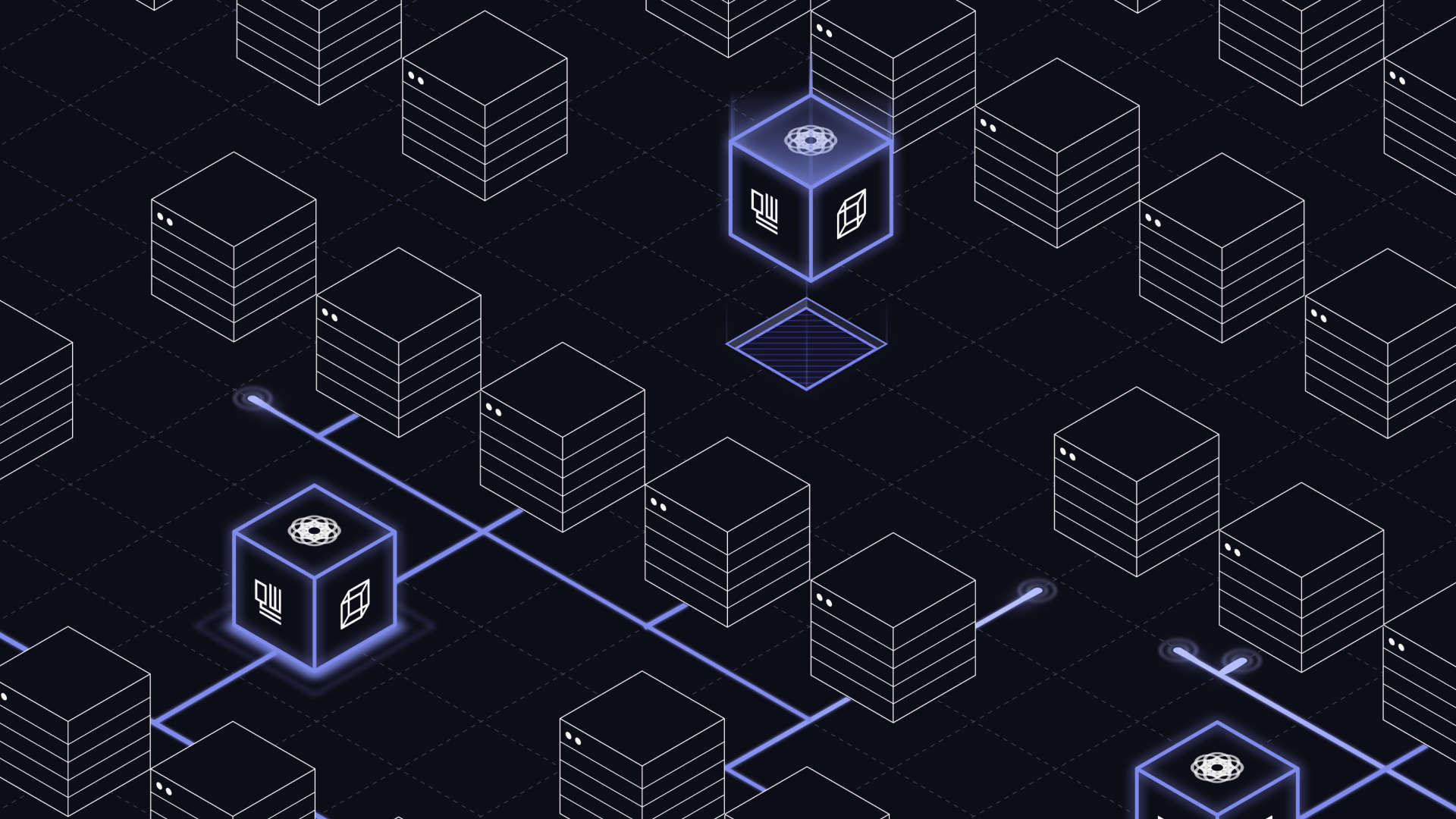Unleashing the power of quantum technology with Google Cloud

Quantum technology is a ground-breaking field focused on harnessing the physics of very small things such as electrons and photons. It is powering applications such as quantum computing and quantum sensing that provide new capabilities across a vast array of industries. The economic and technological impacts of the field are profound.
Australia’s peak scientific research agency, the Commonwealth Scientific and Industrial Research Organisation (CSIRO), issued a report in May 2020 predicting quantum technology would be an $86 billion global industry by 2040, with the Australian opportunity comprising $4 billion in revenue and 16,000 jobs. The CSIRO has already made its own move in quantum technology, having developed a minerals exploration system that uses superconducting quantum sensors to discover resources worth tens of billions of dollars.
The transformational impacts of quantum technology are already on show. For example, the atomic clocks that support location-based services via the global-positioning system are one of the earliest—and most rudimentary—examples of quantum technology.
Quantum computing—one of the most popular emerging fields—uses quantum physics to perform certain complex calculations more efficiently than traditional computers can, paving the way for major computational advances in areas such as clean energy, finance, and pharmaceuticals. Meanwhile, unprecedented access to cloud resources and technologies is fueling an explosion in quantum-computing applications and helping transform quantum computers from laboratory tools accessible only to expert hardware-engineering teams into advanced computational tools available to the public.
Businesses are ramping up the development of products and services to seize the quantum opportunity. Q-CTRL—founded in 2017 and headquartered in Sydney, Australia—supplies infrastructure software products to the emerging quantum-tech sector. These products help the hardware behind quantum computers and quantum sensors perform better and become more stable—a key weakness in the field. Q-CTRL founder and CEO, Professor Michael J. Biercuk, describes Q-CTRL as an early mover in quantum technology, with deep technical expertise and essential service offerings.
Q-CTRL’s products cover the wide range of user expertise in the community and include Boulder Opal quantum control infrastructure software for R&D professionals, Fire Opal developer tools for quantum algorithm designers and end users seeking quantum advantage, and Black Opal educational tools for students and technologists entering the new quantum field.
"The Google Cloud team showed a lot of excitement and interest in working with our startup business. That understanding of where we were in our company life cycle—and recognizing that cost in the short term could be an impediment for us—was essential."
Robert Lover, Chief Technology Officer at Q-CTRL
Engineering cloud-based products
Q-CTRL needed to engineer its products to be cloud based to enable simple integration with other cloud services, tools, and quantum-computer hardware. The quantum technology industry is about scientific discovery as well as product engineering, so the business’s requirements were inconsistent with traditional, waterfall approaches to software development. Q-CTRL needed to deploy and build new solutions quickly to remain competitive in a dynamic, fast-growing sector.
With its technologies having strategic and commercial value, Q-CTRL also had to protect its core intellectual property (IP). Cloud offered a way for the business to deploy its capabilities while maintaining control over its IP.
Furthermore, as a startup with a project engineering team— but not a dedicated infrastructure team—Q-CTRL needed a cloud service that was easy to develop on and did not require extensive support.

Google Cloud team's excitement at working with Q-CTRL
Q-CTRL evaluated three competing multinational cloud services and found Google Cloud had the products, services, and support that best met its needs. The Google Cloud team showed a lot of excitement and interest in working with our startup business, says Robert Love, Chief Technology Officer at Q-CTRL. That understanding of where we were in our company life cycle—and recognizing that cost in the short term was an impediment for us—was essential.
Google Cloud’s simplicity and ease of use meant Q-CTRL could use the cloud service to develop and run a functional application, despite having no DevOps capabilities in place and a single backend engineer without any experience in the platform. The business publicly launched its first product within 12 months with what Love describes as low investment and overhead on our side.
"It was a natural choice to use Google Kubernetes Engine, since it offers a simple cluster setup process which comes included with our required features, plus monitoring and logging natively with Cloud Logging."
Christopher Farrenden, Senior DevOps Engineer at Q-CTRL
A range of Google Cloud products and services
Q-CTRL now runs a range of Google Cloud products and services to meet its infrastructure and machine learning needs. Container Registry stores large, regularly created TensorFlow GPU docker images that incorporate the newest code changes of its package, while Google Kubernetes Engine provides managed container orchestration for the business’s backend infrastructure. The Cloud SQL managed database service runs the organization’s PostgreSQL databases, while Cloud Logging enables Q-CTRL to aggregate logs for applications running in Google Kubernetes Engine.
Container Registry enables the organization to use Google Cloud’s internal network to download images faster through a private endpoint than over the internet. This increase in download speed enables dynamic workloads with constantly updated packages to start running quickly—both for backend infrastructure and customers using Q-CTRL’s quantum control infrastructure software.
With Kubernetes, the organization can move applications across clouds or to on-premises and use features such as cluster autoscaler to resize node pools in line with demand or provision GPU workloads. It was a natural choice to use Google Kubernetes Engine, since it offers a simple cluster setup process which comes included with our required features, plus monitoring and logging natively with Cloud Logging, says Christopher Farrenden, Senior DevOps Engineer, Q-CTRL. Google Kubernetes Engine also helps with cluster administration through its automatic updates and the migration of workloads to new instances using node pools.”
Using Cloud SQL enables the Q-CTRL team to spend time building applications rather than administering its PostgreSQL databases. The Google Cloud service also ensures the databases remain up to date with security patches and engine versions.
Meeting requirements and positioning for growth
With Google Cloud, Q-CTRL is meeting operational and customer requirements and positioning itself for sustained growth. We have not experienced any major outages, which has helped us keep our objective of staying highly available, says Love. Based on metrics from the past month, we have achieved greater than 99% availability for our services hosted on Google Kubernetes Engine.
The business is able to roll out its software quickly to respond to customer needs and rapidly convert new technical discoveries into deployed product features—an essential capability in a research-driven, technology-focused sector. When moving to production the applications we host on Google Kubernetes Engine, we only have to wait about five minutes to propagate and deploy changes, says Farrenden. This allows our developers to continue making changes to our production environments, rather than waiting all day to see their changes go live.
Being able to access discounts when purchasing reserved compute capacity with Google Cloud also helped Q-CTRL closely manage its costs. The business could not commit to the long-term infrastructure plans required by other cloud providers for customers to access sustained-use discounts because of the speed of changes to its application. The structure of discounts offered by Google Cloud helped support dynamic workloads that may require 10 instances one day, 20 the next, or even 100 for a short period of time if the business was undertaking performance testing. Farrenden estimates sustained discounts are saving the company about 15% for its on-demand workloads.
Preemptible virtual machine instances on the team’s Google Kubernetes Engine cluster also reduce the cost of running development environments and non-essential workloads.

100x performance improvements via the cloud
With Google Cloud, Q-CTRL can provide an efficient alternative to what Professor Biercuk describes as the natural DIY mentality of the PHDs and academics who populate the quantum technology field. For critical applications, we project performance enhancements that equate to a 100x reduction in time to solution for very complex computations, because our infrastructure automatically provisions access to GPUs in the cloud, he says.
In addition, Professor Biercuk says, published head-to-head testing demonstrates Q-CTRL's cloud-based solutions can speed the demanding computations that allow the discovery of new optimized quantum logic operations for quantum computers from most of a day to under an hour. With rapid turnaround required for testing in lab settings, that improvement in time-to-solution can mean the difference between users pursuing a new idea or placing it in the too hard basket.
Q-CTRL is focusing on securing what it describes as a huge trust advantage with its customers, building on years of participation in the research sector and the sustained delivery of powerful new capabilities in its products. And because Google Cloud uses the same secure-by-design infrastructure, built-in protection, and global network Google uses to protect information, identities, applications, and devices worldwide, the Q-CTRL team can focus on implementing the best technical solutions while complying with privacy and regulatory requirements as demanded by its customers.
"Google Cloud is providing the business-critical infrastructure upon which we can confidently rely. With a foundation of performance, availability, reliability, stability, and security, the Q-CTRL team is free to focus on solving the problems and meeting the challenges of quantum technology."
Robert Love, Chief Technology Officer at Q-CTRL
AI and ML integral to Q-CTRL
Google Cloud AI and machine learning are integral to Q-CTRL's research and product development activities. The business has used TensorFlow to create custom machine-learning optimizers that provide flexibility to customers and its own team.
These optimizers are used throughout its products to characterize and improve the performance of quantum hardware, allowing users to add realistic considerations that are extremely difficult to integrate with other approaches. Recently, Q-CTRL demonstrated the use of reinforcement learning to design agents that can interact in real time with a cloud-based quantum computer to improve its performance and is exploring the use of AI Platform to expand and improve its product offerings.
It is also looking at the potential of Anthos to host its applications in a hybrid or multi-cloud environment.
Google Cloud is providing the business-critical infrastructure upon which we can confidently rely. With a foundation of performance, availability, reliability, stability, and security, the Q-CTRL team is free to focus on solving the problems and meeting the challenges of quantum technology, says Love. Professor Biercuk concludes on an even more ambitious note: These services are central to our vision of being the trusted provider that enables the entire quantum technology industry.
This post reproduced from a Google Cloud Customer Case Study



